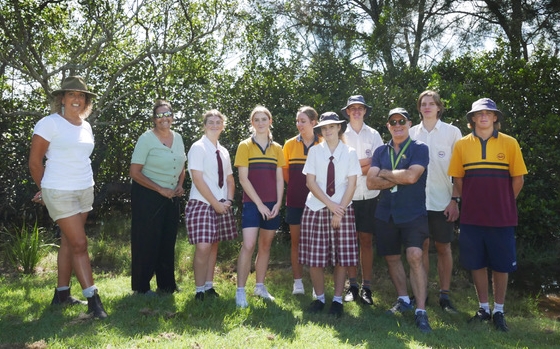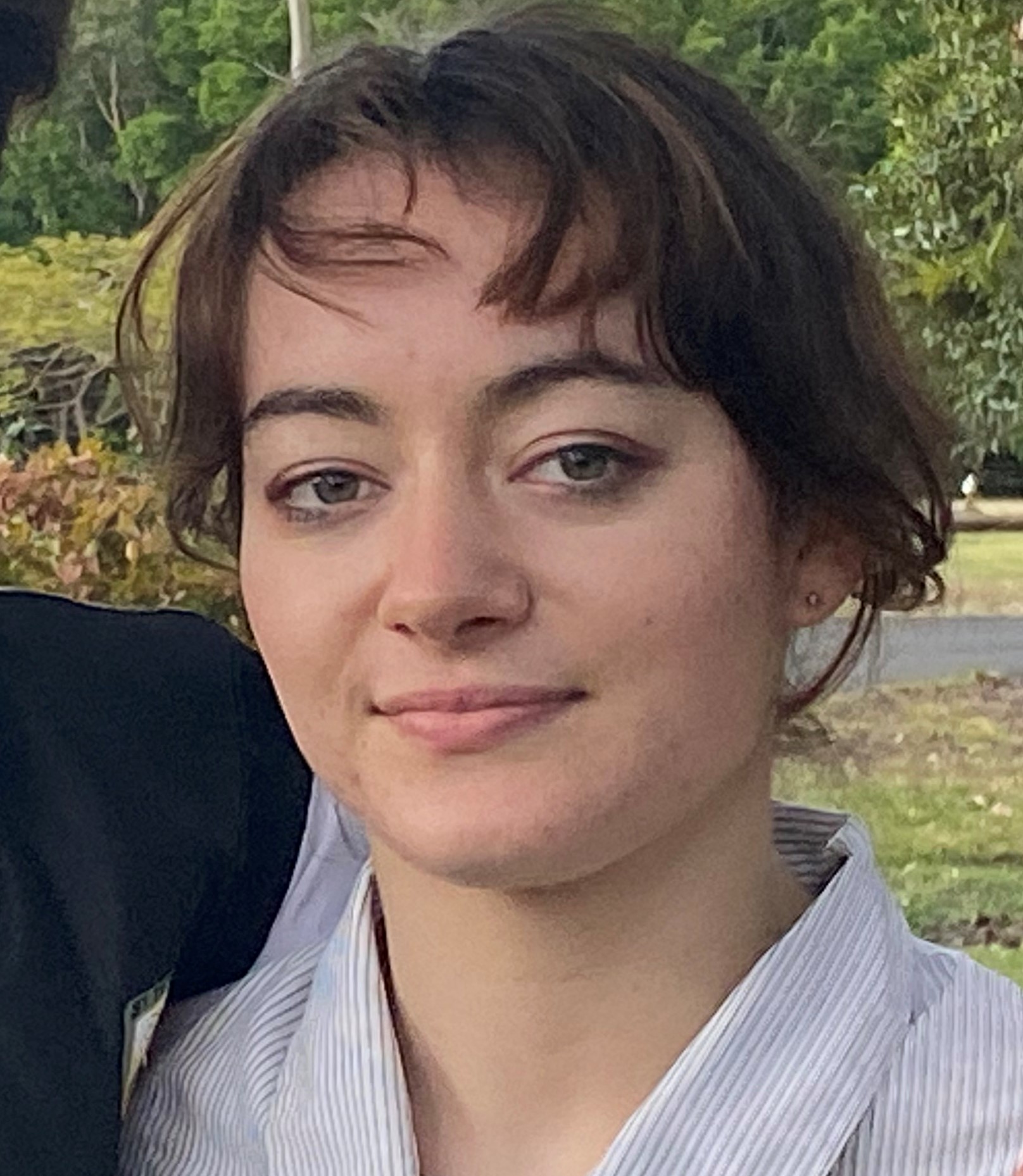It’s not often local students get to see first-hand how we can apply science, learning and some ancient knowledge to help protect something as important as our own Noosa River.
Good Shepherd Lutheran (GSLC) students are getting a hands-on experience at Noosa River restoration efforts, thanks to a unique collaboration between The Noosa Environmental Education Hub (Noosa EEHub) and the global not-for-profit group The Nature Conservancy (TNC).
Year 11 and 12 marine science students have been learning about work being undertaken by TNC and partners on the Noosa River Oyster Restoration Project.
The education resources are developed by Noosa EEHub and incorporated into Good Shepherd’s curriculum, as well as traditional River management by Aunty Bev Hand, a Kabi Kabi Traditional Custodian and Noosa EEHub Aboriginal Educator.
The school is adopting its local waterway, improving riparian health and conducting ongoing waterbug analysis for citizen science purposes. The students have also been collaborating with the Noosa Integrated Catchment Association’s Oyster Gardening Project, focused on growing oyster spat in baskets suspended in the Noosa River to supplement the newly established reefs.
Find out more about the student project here.

A personal perspective.
As a young environmental educator in training, and also a young person facing the climate crisis, the TNC Noosa River Oyster Reef Restoration Project with its linkages to school curriculum is what I was missing during my schooling years.
These linkages are important for Reconciliation and for giving meaning to curriculum. I am lucky enough to work in close contact with Aunty Beverly Hand, which feels like a step towards genuine reconciliation.
For me, being part of the education process to affect change in a structural manner – as opposed to a purely personal effort – is very fulfilling. We are much more powerful as part of a collective.
Being able to nurture the specific kids who are genuinely passionate about the environment is also incredibly rewarding (and is another part of what I wished I had experienced during my school years).
During the late February floods an immense amount of sediment was deposited into the Noosa river, smothering living organisms and further impacting an already struggling ecosystem. Projects like Keep it in Kin Kin are making sure that the sediment from grazing stock is kept away from our waterways, minimising sediment deposits.
Linking the oyster project to local curriculum is so valuable in a school context as it allows students to explore and make science-based inquiries in a real environment, bringing life to their curriculum.
Oysters filter immense quantities of water, with a single oyster filtering roughly 230 litres a day, clearing toxins and managing sediment. The Oyster banks are also safe havens for other types of marine life and form the basis for a healthy marine ecosystem.
These local systems are crucial because of the global struggle marine ecosystems are facing. We must cherish and preserve what is left, including here in our own struggling Noosa river.
Students are fortunate to be supported by the world-renowned Nature Conservancy. TNC have successfully delivered similar regeneration projects in Australia. And I am privileged to be helping out with the delivery of this project and to ensuring that students have access to real life applications of their learning.
